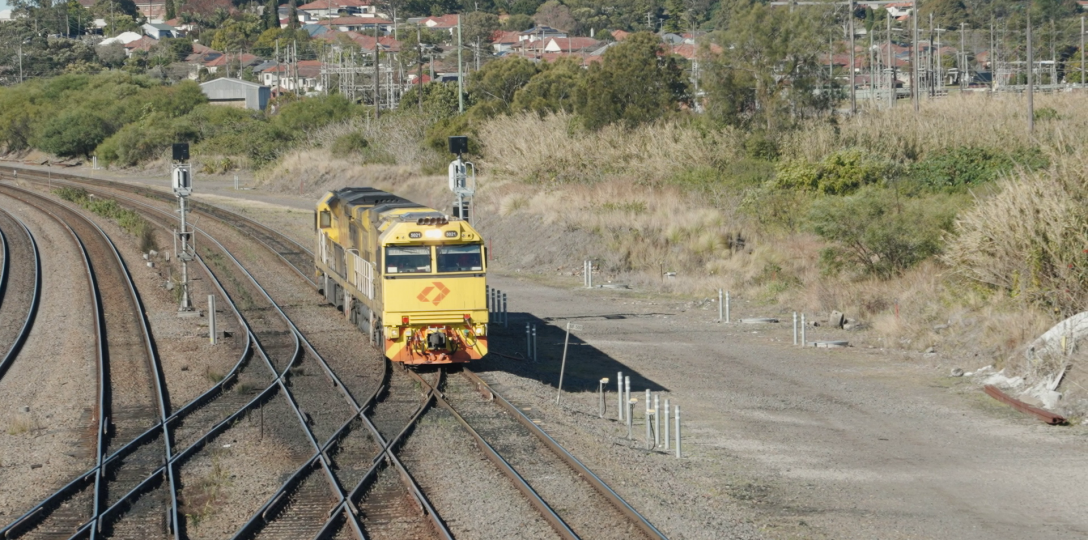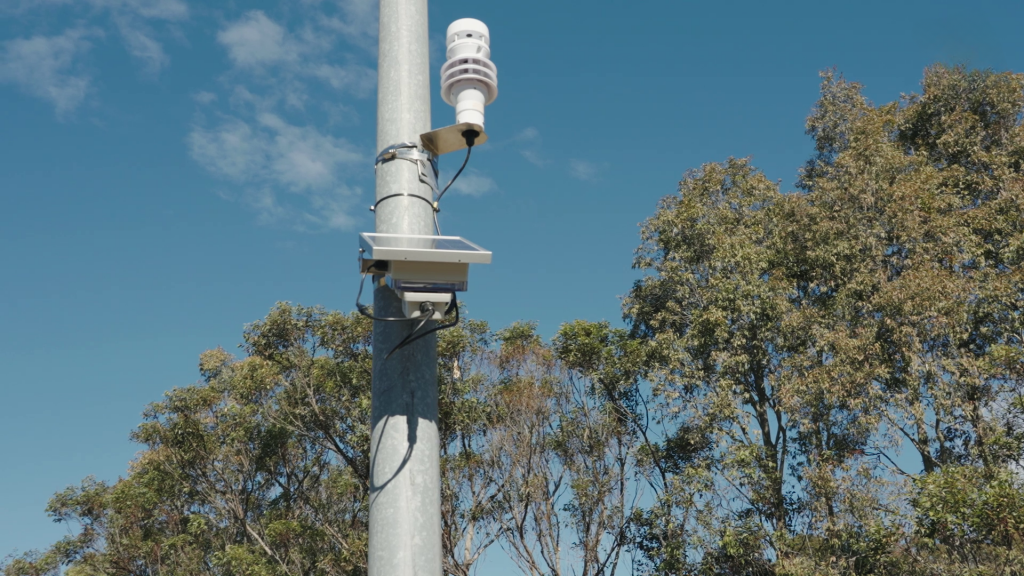Councils say OPENAIR will “improve the quality of life within our communities”

Coal dust, emissions from vehicles and smoke from bushfires are some of the particulates being monitored by sensors in the OPENAIR project.
Three NSW Councils have described the unique ways that the OPENAIR project is helping their communities.
The primary aim of OPENAIR is to develop best practice methodology and supporting resources to help councils use low-cost sensors to address the variety of air quality issues experienced across NSW.
Six local councils have deployed sensors since the OPENAIR project was launched in January 2022.
City of Parramatta Lord Mayor Sameer Pandey says the council installed sensors in two area which had experienced “massive changes” in recent years, such as development growth and very high pedestrian traffic: Parramatta Square and Church Street.
“At the City of Parramatta, we pride ourself in being a smart city,” he says.
Parramatta Square and Church Street were “very obvious choices for us to install the sensors and monitor the air quality in those areas.”
“The data that we collect from the sensors is shared with the New South Wales Government and this will help us to manage the city in a better way,” the Lord Mayor says.
“I should also mention that there is a collaboration of other councils as well, and it is a network of councils where we share and talk about this data and how this will impact our communities in each of the council areas to improve the quality of life within our communities.”
Sutherland Shire’s Senior Environmental Scientist (Sustainable Transport and Air Quality), Ingo Koernicke, says OPENAIR gave the Council the opportunity to investigate local air pollution.
“In the Sydney metropolitan area, air pollutants have generally been stable, or in decline, except for two key pollutants and they are particulates and ozone,” Mr Koernicke says.
“Particulates…they’re really like fine dusts that can easily get trapped in your lungs, enter your bloodstream and they can have serious health impacts.”
Bushfires, hazard reduction burns, smoke from wood fuel heaters and vehicular emissions were all examples of particulates, he says.
“Because the Sutherland Shire is situated on a bush interface, it’s subjected to bushfires and we get hazard reduction burns,” Mr Koernicke says.
“You would expect that the smoke and the particulates would collect in these river valleys, more so than say up in the ridge areas where we’ve got our urban areas. And to measure that, the sensors that we’ve been able to get from the OPENAIR program will be able to test that hypothesis.”
The Sutherland Shire have located air monitoring sensors in the valley areas of Woronora River Valley and the Hacking River Valley and one at Miranda “so that we can really have a look at the contrasting environments and how the typography affects it”.
“Even things like traffic volumes in the case for Miranda, for instance, is that a contributor to particulates for example?,” Mr Koernicke says.
“By developing a network of other monitors around potentially around our Shire, we’ll be able to target responses to the air qualities in those particular areas.”
Sustainability Manager at the City of Newcastle, Dr Heather Stevens, says Newcastle is home to the world’s largest coal port and she hopes the project will help to quantify where coal dust is coming from and under what conditions it occurs.
“Up to 40 trains come through this location every day carrying tonnes and tonnes of coal out to the port,” she says.
“We know that there is a high level of coal dust that is in our city and this is in residents’ houses, in their backyards. We don’t really know yet where it’s from, it could be from the coal trains, it could also be from the stockpiles.”
Dr Stevens describes the sensors as “quite finicky, fussy, little machines” which need to be located “not in too much shadow, not vandalised” and “relevant to the source, which is for us the coal rail lines and also the stockpiles”.
Their innovative solution was to install the sensors at inland and coastal swimming pools.

The Council is also using Department of Planning and Environment funding for a PhD scholarship to help with the technical expertise required to install and monitor nine sensors.
University of Newcastle PhD student Mitchell Aafjes says the City of Newcastle Council purchased nine sensors which are easy to install and which measure particulate matter 2.5, particulate matter 10, wind direction, wind speed, humidity and temperature.